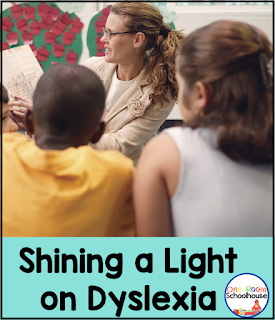Mathematics is a fundamental subject that opens doors to a world of knowledge and opportunities. However, for students with math disabilities, the path to mastering math concepts can be fraught with challenges. In this blog post, we'll explore tips and strategies for educators, parents, and caregivers to help students with math disabilities overcome obstacles and thrive in their math education.
Understanding Math Disabilities
Math disabilities, sometimes referred to as dyscalculia, are neurodevelopmental conditions that can affect a person's ability to understand, learn, and perform mathematical tasks. These conditions are not related to intelligence, and it's crucial to recognize that students with math disabilities have unique strengths and potential that can be unlocked with the right support.
Early identification of math disabilities is critical. Teachers, parents, and educational professionals should be vigilant for signs of math struggles, such as difficulties with basic number sense, counting, or understanding mathematical operations. Identifying challenges early allows for timely intervention.
- Individualized Education Plans (IEPs)
Collaborate with special education professionals to develop Individualized Education Plans (IEPs) tailored to the specific needs of each student with a math disability. These plans outline the accommodations, modifications, and goals required to support the student's math learning.
- Visual Aids and Manipulatives
Visual aids and manipulatives, such as charts, diagrams, and physical objects, can help students with math disabilities visualize and understand mathematical concepts. These tools make abstract math more tangible and relatable.
Connect math concepts to real-life situations and examples. Demonstrating the practical applications of math can make the subject more engaging and relevant for students.
Engage students through multisensory teaching methods, incorporating visual, auditory, and kinesthetic elements in lessons. Hands-on activities and interactive learning can improve understanding and retention of mathematical concepts.
- Break Down Complex Problems
Complex math problems can be overwhelming. Break them down into smaller, manageable steps. This approach enables students to focus on one aspect at a time, reducing anxiety and confusion.
Regular practice is essential. Encourage students to practice mathematical skills consistently, reinforcing their learning and building confidence.
Teach students to advocate for themselves by expressing their needs and seeking help when they face challenges. Building self-advocacy skills empowers students to take an active role in their learning.
Leverage assistive technology tools designed for math, such as specialized software and calculators. These resources can make math tasks more accessible and less frustrating for students with math disabilities.
Create a classroom environment where students feel safe and encouraged to seek assistance. Peer collaboration and resources like peer tutoring can be beneficial.
Whenever possible, connect math concepts to students' interests or hobbies. This can make learning more enjoyable and relatable for students with math disabilities.
Encourage students to maintain math journals where they can jot down their thought processes and solutions. This can help identify areas where they might need additional guidance.
Allow students with math disabilities extra time for assignments, homework, and tests. Offer breaks during extended math activities to help them stay focused.
Celebrate small achievements and progress, offering positive reinforcement. Building students' self-esteem and motivation is a key element of their success.
- Patience and Understanding
Finally, be patient and understanding. Each student with a math disability is unique, and it's essential to provide the support and guidance they need to thrive.
With the right strategies and support, students with math disabilities can overcome challenges and develop a deeper understanding of mathematical concepts. By working together as educators, parents, and caregivers, we can create an inclusive environment that nurtures their strengths and unlocks their full potential in the world of mathematics. Remember, every student is capable of success when given the tools they need to excel.
Related Products:














